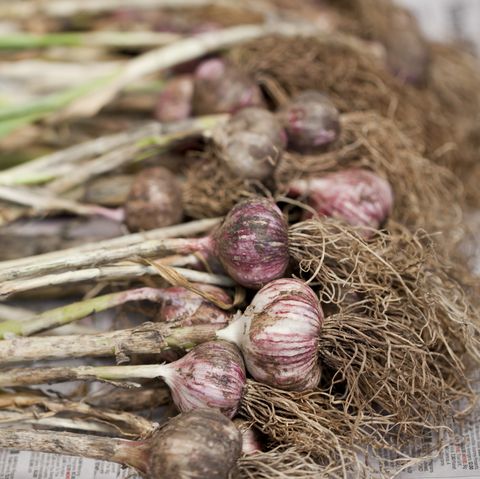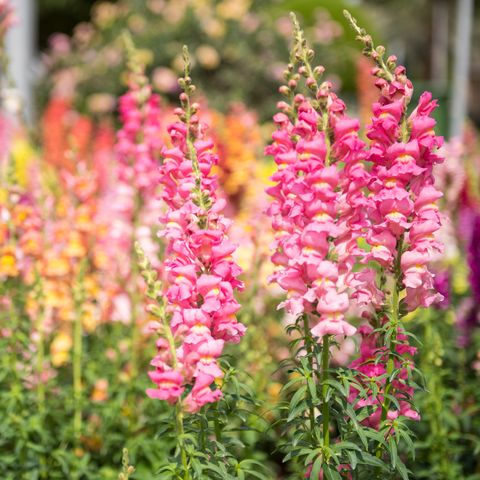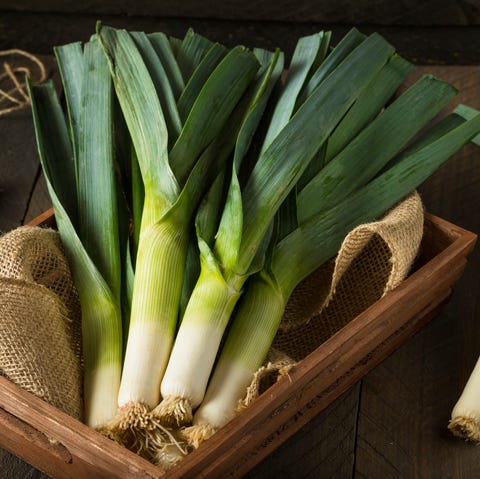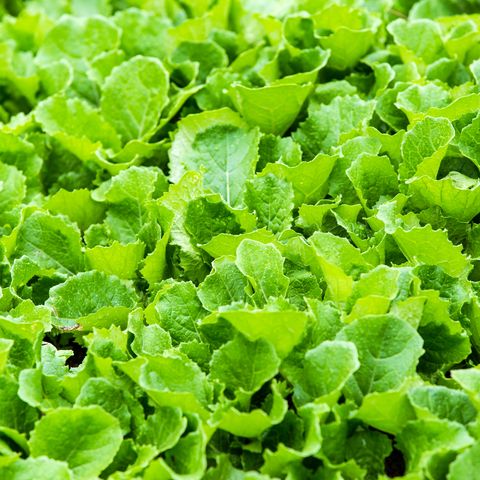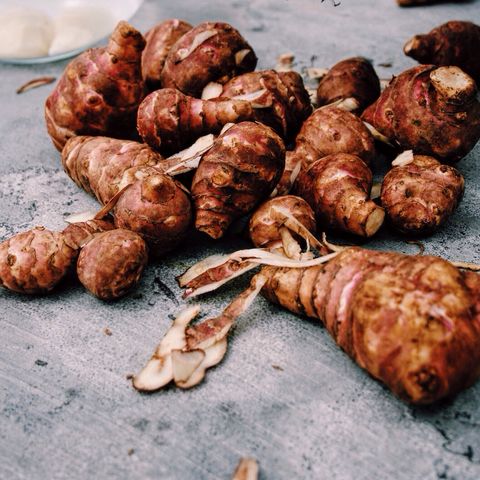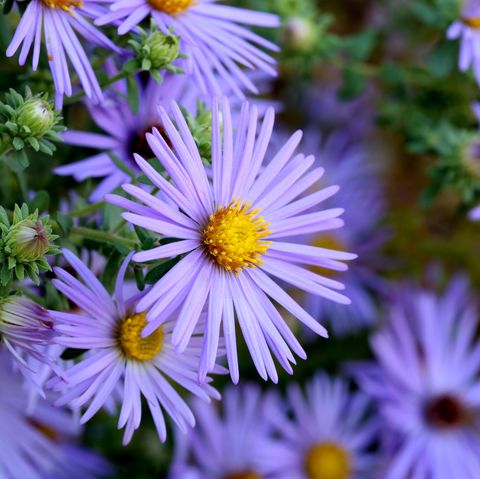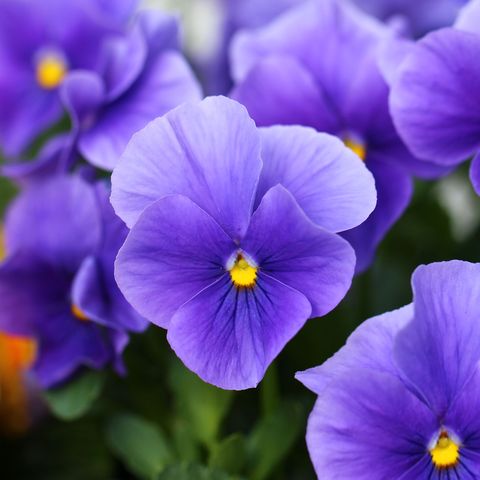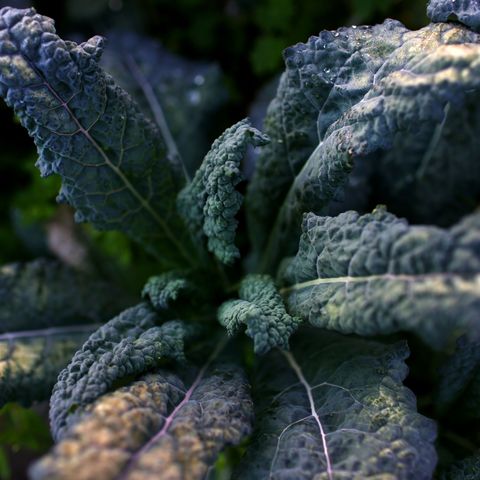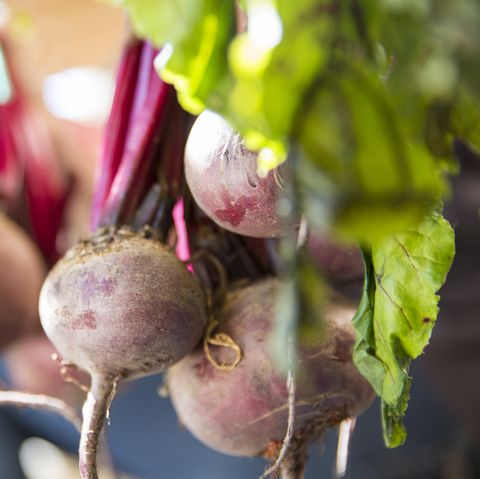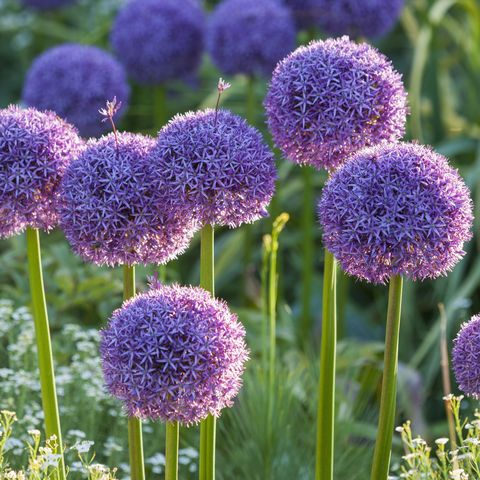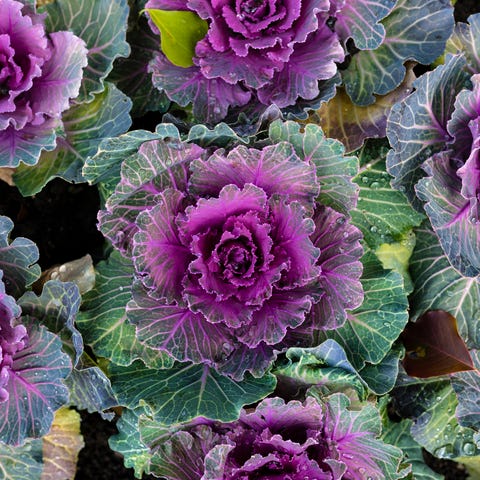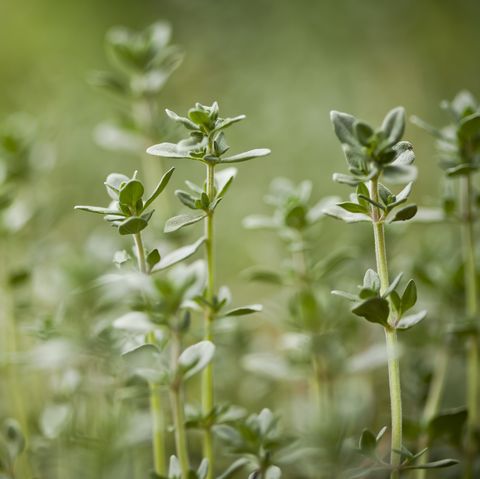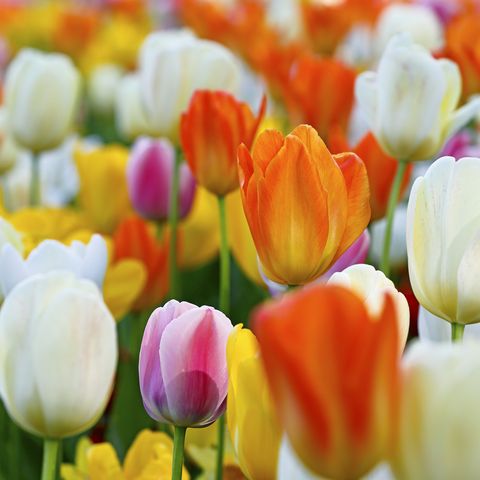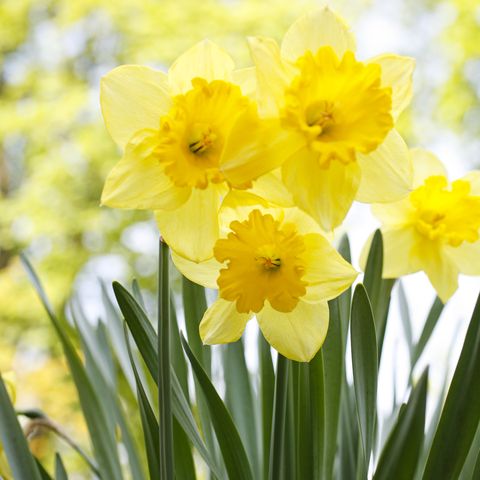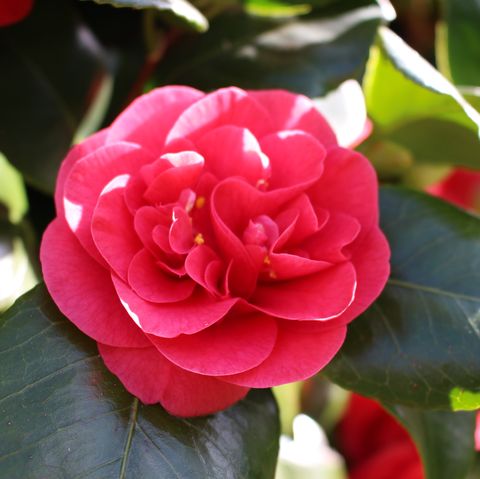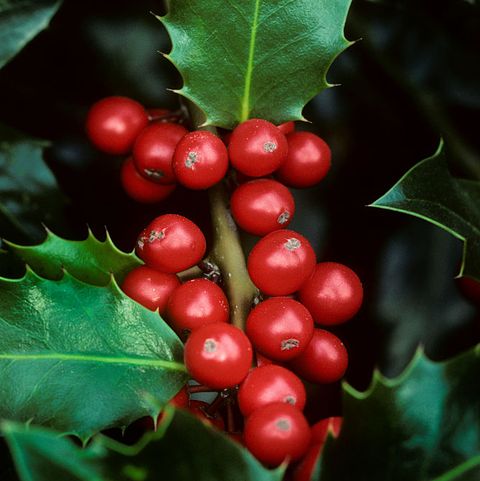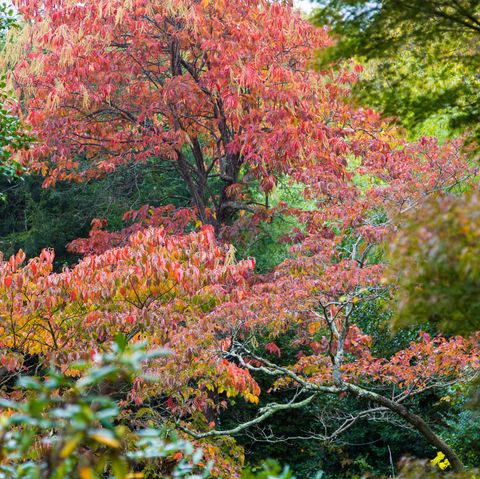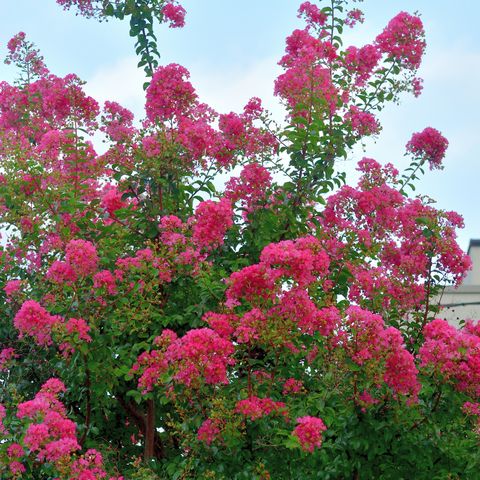Around the country in November, the weather turns cooler and outdoor gardening may fade from top of mind. But the fall season is still a productive time for planting in many warmer regions around the United States — as long as you’re strategic about it.
“My thoughts on November planning for the vegetable garden is that you always want to get your hands in the dark, rich earth before it gets too cold to work,” says Frank McClelland, chef-owner of the Massachusetts farm-to-table restaurant collection Frank.
For successful results, plant vegetables and fall flowers that will be able to survive the cold and yelled a harvest. Some vegetables like kale and other greens actually taste better as their leaves mature in colder weather. Some plants (think spring flowers) even require a period of cold to thrive after the thaw. So this season is actually a perfect time for certain planting.
“Knowing your plant material is key to the overall success of keeping plants healthy going into winter months,” explains gardening expert Mary Weber, director of horticulture at Nashville’s Cheekwood Estate & Gardens. She adds this important tip: “Know the planting zone you live in! Planting too late in November can stunt and damage root growth.”
So before you get started, also be sure to check out the USDA Hardiness Zone Map that can help you drill down what you should be planting for your specific region. Plus, our list of vegetables, plants and herbs great for November planting can help steer your fall gardening strategy for a hearty, beautiful and tasty yield.
Garlic
“My No. 1 favorite crop for November is one of the foundations of cuisine: garlic,” McClelland says. “November is the correct date for most of North America. This will be one of the first crops to show itself in spring. It is also the first crop that pops up from the earth.”
And it will yield tasty results for months. “We pull the spring green garlic on the 1st of May so it really sets the tone for spring,” he says. “The rest of the crop will be harvested at the end of July.”
The best time to plant garlic is in the fall, right before the ground freezes. Garlic grows its roots during the colder months, then it’s ready to harvest come summer. If you are planting during the cooler months, it’s probably best to go with a Hard Neck variety, which is suited better for chillier weather. Garlic is an extremely versatile allium to use in the kitchen so don’t be afraid to throw it in several of your dishes. Try our garlic butter salmon recipe when your harvest comes in.
Snapdragon
These flowers love the cooler temperatures and are grown in milder climates. Its seeds can be winter-sown in the late fall and direct-sown a few weeks before the last frost. Once these flowers are established and their seeds are hardened off, they can withstand freezing temps — perfect for the colder months.
Leeks
Fall is a great time to plant leeks if you live in warmer regions. You can start to plant your seeds indoors, then transfer them outdoors a few weeks before your last spring frost. To keep your leeks thriving, make sure they get sufficient sunlight and are watered frequently.
Spinach
An all-time favorite green to add to healthy smoothies, throw in salads and more. If you live in a place with mild winters, you can plant spinach in the fall once the ground is cool enough. After planting, make sure to water regularly and keep soil moist with mulching.
Mustard Greens
Mustard greens are ideal to plant in the fall because they can take a light frost. If you supply steady water, these greens are fast growers — meaning you get add them to your dishes quicker! Mustard greens have a strong bite to them and can be eaten raw or cooked.
Sunchokes
“Another crop that I love, and I plant in much the same fashion [as garlic], are sunchokes, a delicious tuber that tastes like a sweet and nutty potato,” McClelland says. “They are also called Jerusalem artichokes. I love to roast my sunchokes with spring garlic and peas over steamed rice.”
Aster
“Native perennials that are showy in November include asters, rudbeckia, chrysanthemums, witch hazel and ornamental grass plumes,” Weber explains.
Pansies
Planting brightly colored pansies in November “creates instant interest and color to any garden going into dormancy,” Weber says.
Kale
In many regions of United States, kale is best grown in the fall when it’s cooler because the leaves taste better when they mature in these temperatures. When it comes time to plant the kale, make sure to sow the seeds three months before the first frost. They are ready for harvesting when the leaves are the size of your hand. If you are not sure how to use all your leafy greens, add them to your dishes with these easy kale recipes.
Beets
If you live in warmer regions, you can plant beets in November or late fall for a winter harvest since they are tolerant to freezing temperatures. The ideal growing conditions would include fertile soil and at least six hours of sunlight per day.
Allium
Alliums, also known as ornamental onions, are flowers with a spherical bulb at the end of their stems. Although they look delicate, they are actually very tolerant to droughts and cold temperatures. Make sure to plant your alliums in slightly acidic soil and that they get a full day’s worth of sunlight.
Ornamental Cabbage
Although these look similar to kale, the plants are not edible and are for decoration in the garden. Once planted in the fall, they will most likely grow their leaves in the first year and produce flowers the following year since they are considered biennial plants.
Thyme
Thyme is a perennial that thrives in a sunny Mediterranean climate. These plants are very adaptable and can be planted at almost any time of the year in hardiness zones five to nine. If you are planting thyme in an outdoor garden, make sure that it will get plenty of sunshine; you can also plant indoors and keep in a sunny windowsill. They should also be watered occasionally, making sure that the soil is dry before your next watering.
Tulips
“While spring flowering bulbs won’t show until spring, November is the month to plant spring flowering bulbs that require a cold period including tulips,” Weber says.
Daffodils
“Spring flowering bulbs typically go in after the first frost but before the ground freezes,” Weber says, noting the “ground temp should consistently stay at 50 degrees to allow for root growth.” Daffodil bulbs will produce delightful yellow blooms come spring.
Hyacinth
You’ll be glad you planted hyacinths during fall so you can enjoy their delightful scents come spring. They are easy to grow from their bulb state; either in soil or in a bulb vase with water. Just be careful if you have any pets since they are toxic to them.
Camillia
“Planting trees and shrubs in November allows the plant to weather cooler temperatures while it is going through dormancy and allows some time for root growth before the ground freezes,” Weber says. Pretty camillia is among those with “winter interest” that work well for November planting.
Holly
Another great option in the category of trees and shrubs to plant in November is holly, Weber suggests. It’s a cheery addition to a yard that offers a pop of color.
Sourwood Tree
Get your leaf-peeping fix right at home! Weber suggests planting trees with “late fall foliage interest,” such as illicium, maple, oak and sourwood trees.
Crape Myrtle
Weber also suggests planting crapes in November for their “interesting bark.” For the same reason, she also recommends lacebark pine, stewartia and shaggy bark maples.
As the Senior SEO Editor for GoodHousekeeping.com, Katarina has a background in search content strategy and experience in writing and editing. In her free time, she loves trying delicious food, attempting a new web design project, and can never go a day without a cup of tea.
Alesandra is a digital travel and lifestyle journalist based in Los Angeles. Her work has appeared in Good Housekeeping, Woman’s Day, Prevention, Insider, Glamour, Shondaland, AFAR, Parents, TODAY, and countless other online and print outlets. Alesandra has a masters degree in journalism with an emphasis on cultural reporting and criticism from NYU, and a bachelor’s degree from UC Berkeley. An avid traveler, she trots the globe with her husband and their twins.
This content is imported from OpenWeb. You may be able to find the same content in another format, or you may be able to find more information, at their web site.

